
Dangers of WiFi: Understanding Potential Health Issues and How to Minimize Risk
Recommended Product:
The ubiquitous presence of WiFi in our homes and workplaces has brought undeniable convenience. However, concerns regarding its potential health effects persist. While definitive scientific consensus on the long-term dangers of WiFi is still developing, understanding the potential risks and taking preventative measures is crucial for protecting your well-being. This article explores the purported dangers of WiFi and provides practical steps to minimize potential exposure.
Understanding the Concerns:
The primary concern surrounding WiFi’s health impact stems from its use of radiofrequency (RF) electromagnetic radiation. While the levels of radiation emitted by WiFi routers are generally considered low, some individuals express concern about potential long-term effects from prolonged exposure. These concerns include:
- Sleep disruption: Some studies suggest that RF radiation may interfere with sleep patterns, particularly in sensitive individuals. Symptoms can include insomnia, poor sleep quality, and daytime fatigue.
- Headaches and dizziness: These are frequently reported symptoms, potentially linked to RF radiation exposure, though the causal link requires further research.
- Cognitive function: There are ongoing studies investigating whether prolonged exposure to RF radiation can impact cognitive function, memory, and concentration.
- Other potential effects: While less frequently reported, some individuals cite other symptoms like anxiety, irritability, and skin irritation.
It’s crucial to note: The vast majority of scientific studies have not found a definitive causal link between low-level RF radiation from WiFi and serious health problems. However, precautionary measures are advisable, particularly for vulnerable populations like children and pregnant women.
Minimizing Your WiFi Exposure: Practical Steps
While eliminating WiFi entirely from your life isn’t feasible for most, taking steps to reduce exposure can offer peace of mind:
1. Distance Yourself: The intensity of RF radiation decreases significantly with distance. Keep your router away from areas where you spend significant time, especially bedrooms and children’s play areas. Ideally, place it as far from your sleeping area as possible.
Recommended Product:
2. Limit Exposure Time: Consider turning off your WiFi router when not in use, especially overnight. Many modern routers have scheduling features that allow for automated on/off cycles.
3. Use Wired Connections When Possible: Opt for wired Ethernet connections for devices that don’t require wireless connectivity. This eliminates RF radiation exposure from those specific devices. Laptops, desktops, and smart TVs are good candidates for wired connections.
4. Reduce Router Power: Many routers allow you to adjust the transmission power. Lowering the power output will reduce the radiation emitted, although it may slightly decrease the range of your WiFi network. Consult your router’s manual for instructions on adjusting power settings.
5. Shielding: While not always practical, strategically placing objects between you and your router (e.g., thick walls) can help reduce exposure.
6. Be Mindful of Multiple Devices: Multiple WiFi-enabled devices in close proximity can increase overall RF radiation exposure. Try to minimize the number of simultaneously active devices near you.
7. Regularly Update Your Router’s Firmware: Outdated firmware can have security vulnerabilities and may also affect the efficiency of the device, potentially leading to higher radiation output. Check your router’s manufacturer website for firmware updates.
Common Mistakes to Avoid:
- Ignoring the proximity of your router: Placing the router in a central location might seem convenient, but it exposes more people to higher levels of radiation.
- Failing to update your router’s firmware: Outdated firmware can impact performance and potentially increase radiation levels.
- Overlooking wired connection options: Relying solely on WiFi when wired options are available increases unnecessary exposure.
- Dismissing personal sensitivity: If you suspect a correlation between your symptoms and WiFi exposure, don’t dismiss it. Try reducing your exposure to see if your symptoms improve.
Conclusion:
While the long-term health effects of WiFi exposure remain a subject of ongoing research, taking preventative measures is a sensible approach. By following the steps outlined above, you can significantly reduce your potential exposure to RF radiation and address any concerns you might have about the potential health impacts of WiFi. Remember, proactive steps are better than reactive ones when it comes to your health and well-being. If you have specific health concerns, consult your physician for personalized advice.
Recommended Product:
FAQ
Q. Does Wi-Fi radiation cause cancer?
A. The scientific consensus is that the levels of radiofrequency radiation emitted by Wi-Fi routers are too low to cause cancer. While some studies have shown potential links, these are often small, inconsistent, and haven’t been definitively proven to be caused by Wi-Fi exposure. Major health organizations like the World Health Organization (WHO) and the National Cancer Institute (NCI) haven’t found sufficient evidence to link Wi-Fi radiation to cancer. However, further research is always ongoing.
Q. Can Wi-Fi routers cause headaches and other symptoms?
A. Some individuals report experiencing headaches, dizziness, fatigue, and other symptoms they attribute to Wi-Fi exposure. This is often described as “electromagnetic hypersensitivity” (EHS). However, there’s no scientifically proven causal link between Wi-Fi radiation and these symptoms. While some people genuinely experience these symptoms, it’s difficult to definitively prove they are caused solely by Wi-Fi, and placebo effects may play a role. It’s important to seek medical advice to rule out other potential causes.
Q. Are children more vulnerable to Wi-Fi radiation?
A. Children’s bodies are still developing, leading some to worry about increased vulnerability to radiation. However, current scientific evidence doesn’t suggest children are at greater risk from Wi-Fi radiation than adults. The same low-level radiation exposure principles apply.
Q. How can I reduce my Wi-Fi exposure?
A. While the risks are considered low, you can reduce your exposure by increasing the distance between yourself and the router, using your Wi-Fi only when necessary, and turning it off when not in use. Using a wired connection (Ethernet cable) for devices that can accommodate it will eliminate wireless exposure altogether for those devices.
Q. Is it safe to sleep near a Wi-Fi router?
A. The levels of radiation emitted by a Wi-Fi router at typical distances are extremely low. While some individuals may prefer to keep their routers further away from their beds as a precautionary measure, there’s no scientific evidence to suggest significant health risks from sleeping near a Wi-Fi router.
Q. What about the long-term effects of Wi-Fi exposure?
A. The long-term health effects of low-level radiofrequency radiation exposure, such as that from Wi-Fi, are still being studied. Currently, major health organizations haven’t identified significant long-term health risks, but research continues to monitor potential effects.
Related Articles
How Can I Boost My Spectrum Wifi Signal
How Can I Boost My Spectrum Wifi Signal? A Step-by-Step Guide Recommended Product: Mini Cell Signal Booster for Verizon, AT&T, T-Mobile| Up to 150…
Can You Use A Dstv Dish For Internet
Can You Use Your DStv Dish for Internet? Unlocking the Potential of Your Satellite Dish Recommended Product: Dish Network 1000.2 Dish 110, 119, 129 Sa…
What is the Best WiFi Router for Streaming
Streaming is basically a way of live now, right? Whether you’re glued to a 4K movie marathon, hopping on a video call, or battling it out in an online…

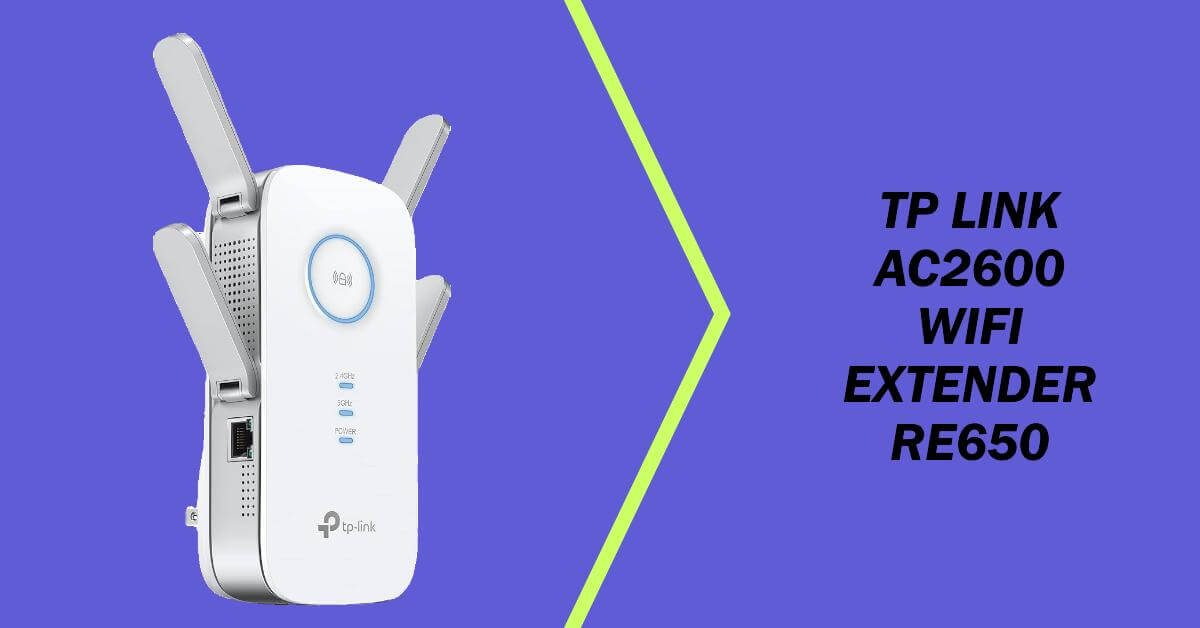
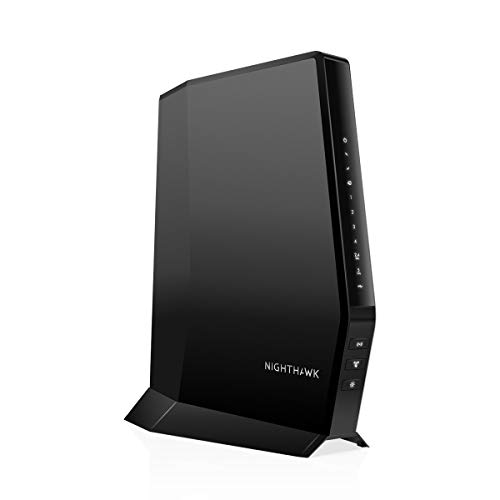

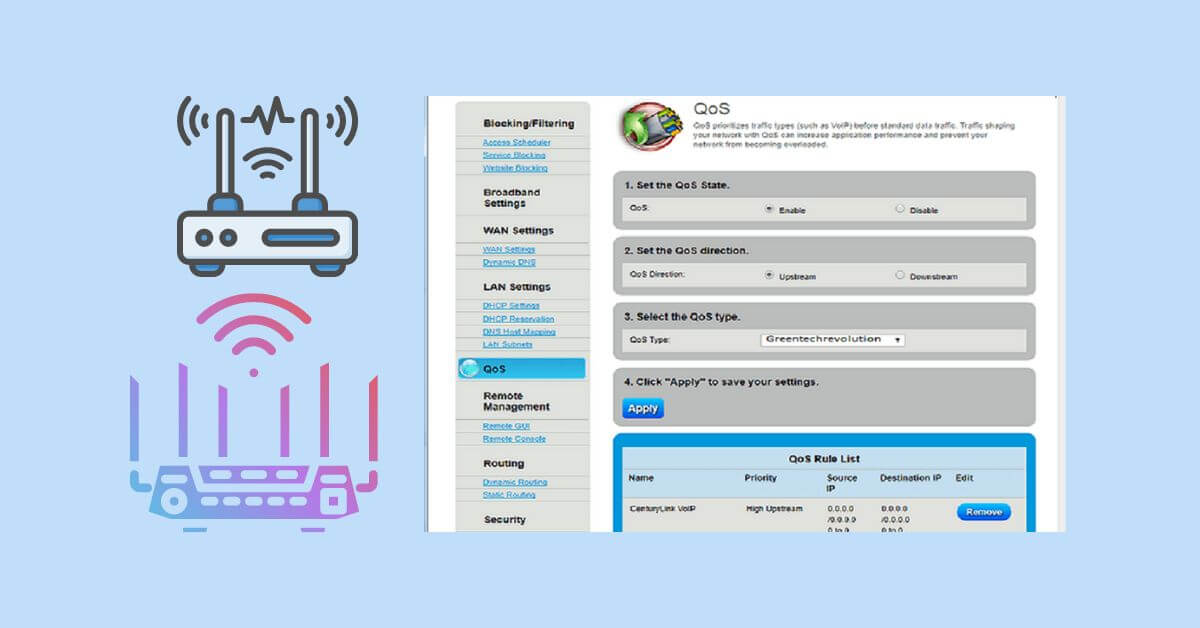
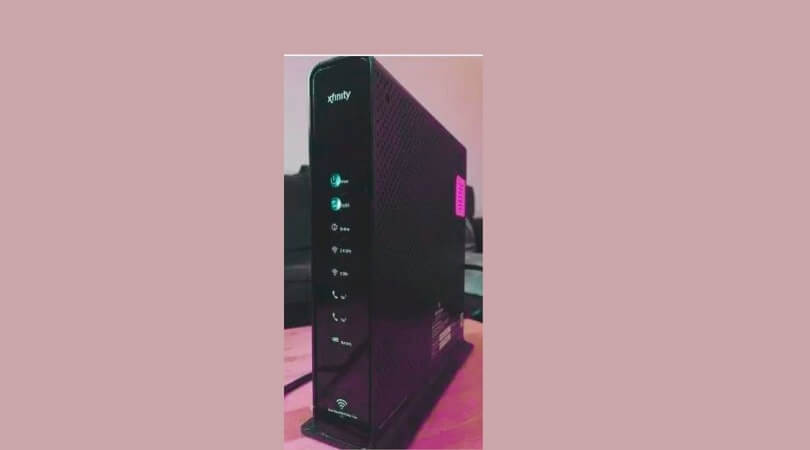
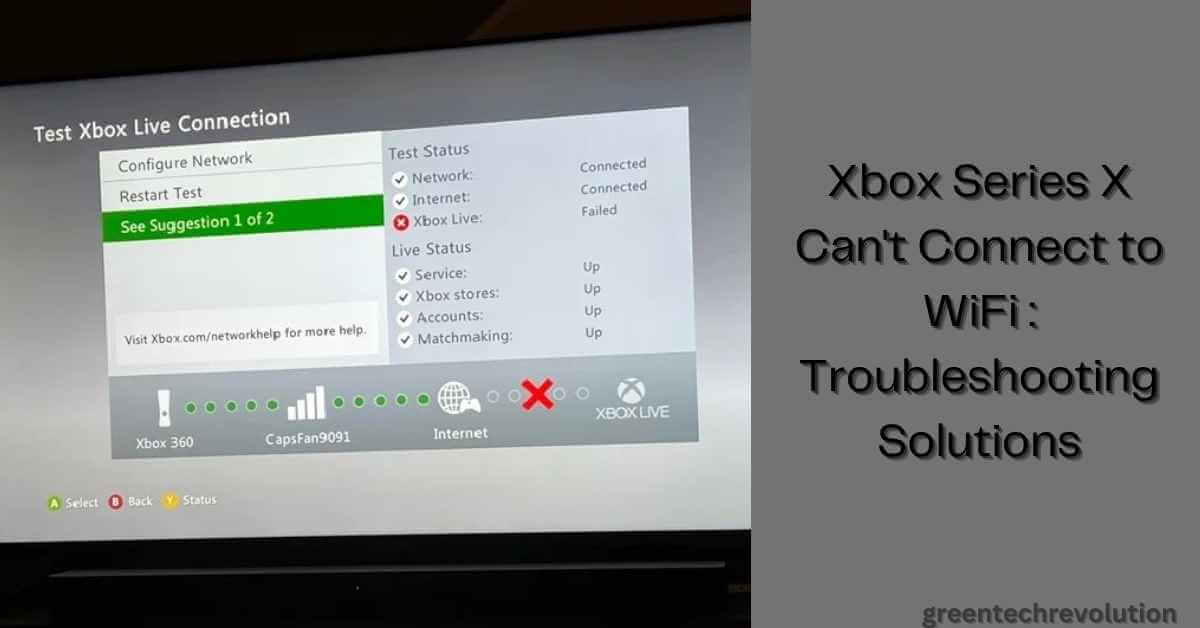
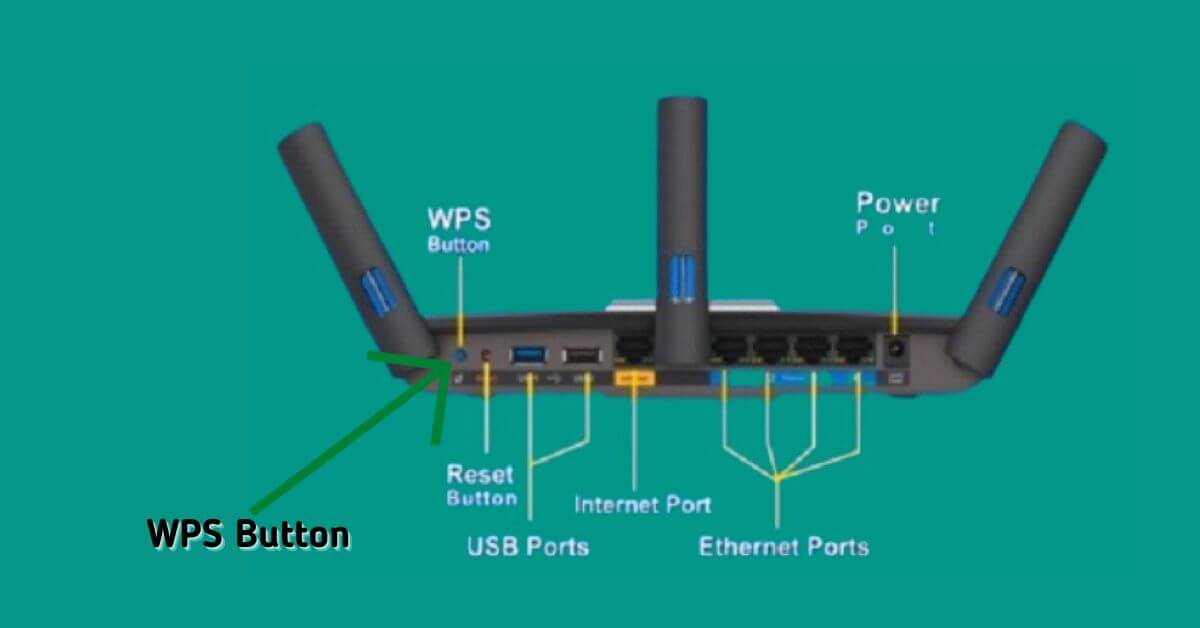
Leave a Reply
You must be logged in to post a comment.